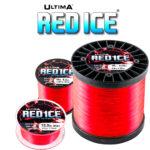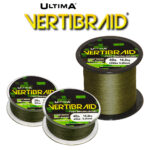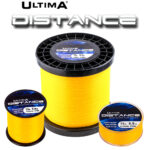Fishing Knot Essentials:
Tying a strong and secure fishing knot is crucial for ensuring that your hook, lure, or other tackle stays attached to your fishing line. Here are some basic guidelines for tying effective fishing knots:
1. Select the Right Fishing Knot
Different fishing knots serve different purposes. Some popular options that will cover many needs include:
- Grinner Knot: Great for securing hooks and lures.
- Palomar Knot: Strong and versatile, ideal for braided and monofilament lines.
- Loop Knot: Perfect for creating a fixed loop for lures or flies, allowing free movement. Choose the knot based on your fishing style, tackle, and line type.
2. Thread the Line
Always start by threading the end of your fishing line through the eye of the hook, lure, or swivel. Be sure the line runs straight and doesn’t twist.
3. Tie the Knot
Follow the instruction on how to tie the knot carefully. Keep practicing.
4. Tighten the Knot
After forming the knot, make sure to tighten it properly. Moisten the line with water or saliva before pulling the knot tight. This helps prevent friction from weakening the line. Pull both the standing line and tag end simultaneously to ensure the knot is secure.
5. Trim the Excess
Always trim the excess tag end of the line close to the knot, leaving a small amount (about 1/8 inch) to prevent slippage.
6. Test the Knot
Before you cast, pull on the knot firmly but gently to test its strength. If it feels loose or weak, re-tie it.
With practice, you’ll master the art of tying fishing knots, ensuring your tackle stays secure on the water.




